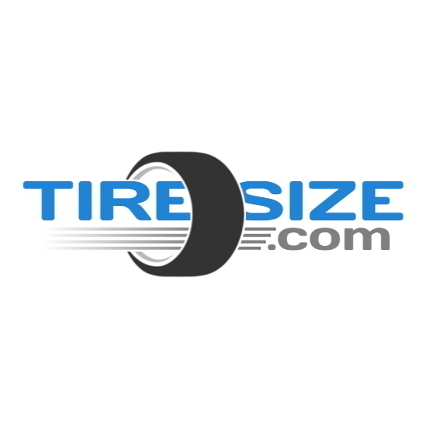The guy at Discount Tire is correct; irregularly sized tires will put additional stress on differentials, to include the transfer case which serves as the "center differential" in a modern AWD system. Let's use a more simple example to help explain: imagine a car which only drives with one axle (EG front wheel or rear wheel drive only.) On that single axle, if one tire is slightly smaller than the other, that smaller tire will rotate faster creating a twisting stress within the axle as they fight eachother. This leads to faster tire wear because it causes one tire to "scrub" against the driving surface, and it may not always be the same tire which is forced to scrub.
In older cars with solid (rear wheel drive) axles the twisting force wasn't much of a deal because, as the name implies, the solid rear axle is relatively impervious to the twisting force. However, nearly all modern cars do not employ solid axles, instead they utilize CV joints and often also employ more complex differentials for better power distribution. Unfortunately, all of these additional moving parts within the CVs and differentials present additional points of weakness, and having an axle continuously under undulating twisting stress can prematurely wear these parts. Of course, tires do individual wear at dissimilar rates because of weight distribution of the car, uneven geometry of driving surfaces, and even tractive changes in the driving surface. A little bit of dissimilar sizing will always happen, but it is in your (financial) best interest to keep the gap from widening.
This whole problem is amplified more than 2x in an AWD system. Not only do you have to worry about the tires on each axle fighting eachother, you also have to worry about the tires on different axles also causing the same undue twisting force upon eachother. If the rear axle is moving faster than the front axle, that same scrubbing action has to be transmitted through the transfer case. A poorly maintained set of tires on an AWD system can chew up a set of tires very quickly and, if left unchecked for a long time, can cause severe wear of the transfer case.
This is why it's very important to rotate tires on a regular basis, and to avoid the temptation to install more than one type and size of tire on a single axle or on either axle of an AWD car.
As for the wheels, the bolt pattern is only one part. Make sure they use the same center hub size, ensure the same hub centricity, and same offset as the wheels as the manufacturer uses in their OE tires. You CAN use different offsets and hub centricity if you know what you're doing, but I wouldn't recommend it in the slightest for a one-off replacement.
In older cars with solid (rear wheel drive) axles the twisting force wasn't much of a deal because, as the name implies, the solid rear axle is relatively impervious to the twisting force. However, nearly all modern cars do not employ solid axles, instead they utilize CV joints and often also employ more complex differentials for better power distribution. Unfortunately, all of these additional moving parts within the CVs and differentials present additional points of weakness, and having an axle continuously under undulating twisting stress can prematurely wear these parts. Of course, tires do individual wear at dissimilar rates because of weight distribution of the car, uneven geometry of driving surfaces, and even tractive changes in the driving surface. A little bit of dissimilar sizing will always happen, but it is in your (financial) best interest to keep the gap from widening.
This whole problem is amplified more than 2x in an AWD system. Not only do you have to worry about the tires on each axle fighting eachother, you also have to worry about the tires on different axles also causing the same undue twisting force upon eachother. If the rear axle is moving faster than the front axle, that same scrubbing action has to be transmitted through the transfer case. A poorly maintained set of tires on an AWD system can chew up a set of tires very quickly and, if left unchecked for a long time, can cause severe wear of the transfer case.
This is why it's very important to rotate tires on a regular basis, and to avoid the temptation to install more than one type and size of tire on a single axle or on either axle of an AWD car.
As for the wheels, the bolt pattern is only one part. Make sure they use the same center hub size, ensure the same hub centricity, and same offset as the wheels as the manufacturer uses in their OE tires. You CAN use different offsets and hub centricity if you know what you're doing, but I wouldn't recommend it in the slightest for a one-off replacement.

